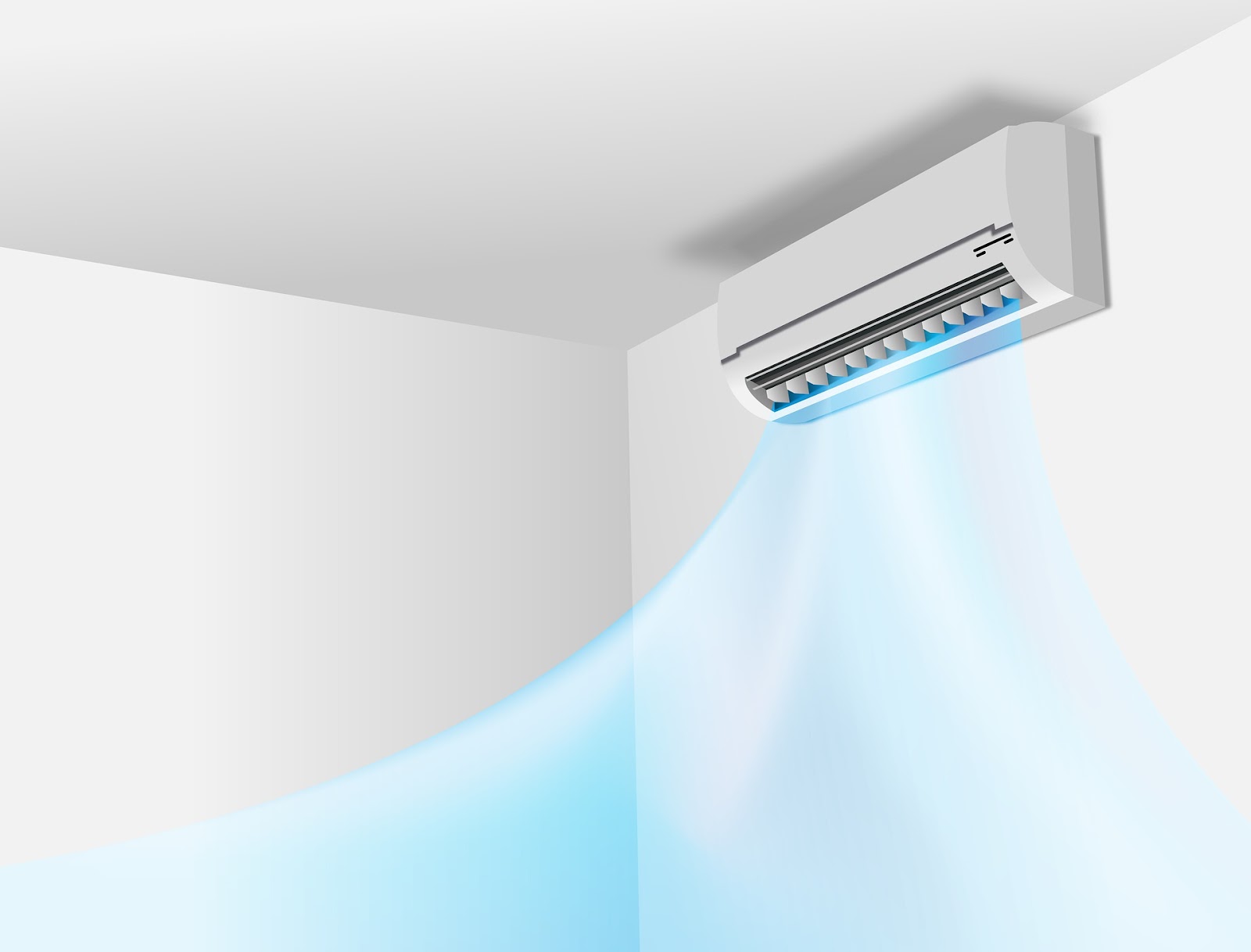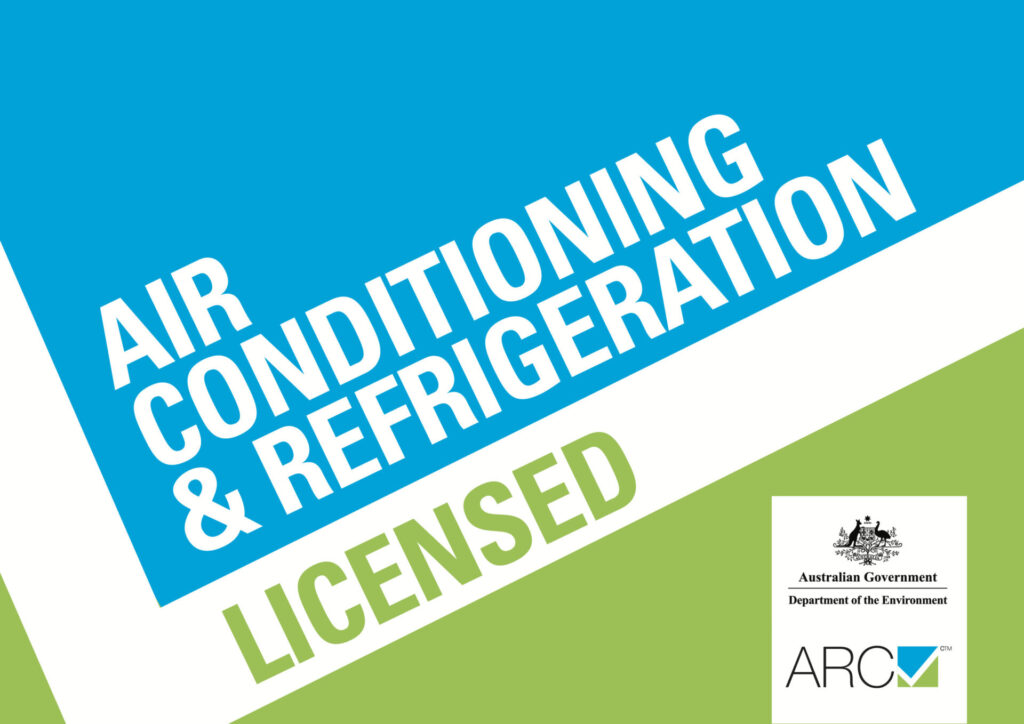Are you looking for a new air conditioner? You may be moving to a new home, struggling with air conditioner issues, or looking to upgrade your unit. Whatever the reason, Air Conditioner (or AC) shopping can be a stressful process when you don’t know where to start.
There are several factors to consider for a new AC. When you make your buying checklist, don’t overlook the size. Not every AC will be a perfect fit, so it’s essential to calculate the correct size appliance for your home.
Don’t shop for an air conditioner without knowing the basics. We’ve created the ultimate size guide below to answer your air conditioner questions.
Types of Air Conditioners in the Market
Air conditioners come in various types and sizes. Before you calculate your AC size, determine which kind of AC unit works best for your area.
Ducted Air Conditioners
Ducted air conditioners are the most common AC type. The ducted system comprises three parts: the outdoor compressor, the indoor evaporative unit, and the ducts for distributing air.
This AC type is ideal for large areas because the ducts carry air anywhere within their reach. The vents are also less visible than other types of AC units, so they provide a more subtle option for discreetly cooling your space.
Ducted air conditioners are often considered the most efficient AC type, but they also require the most modifications to your home for the vents and outdoor compressor. If you decide that ducted AC is the best fit, be prepared for the potentially high costs of modifying your home.
Split System Air Conditioners
The split air conditioner is another popular option for home temperature control. As the name suggests, the AC is split into two units: one inside and one outside. You can have multiple indoor units throughout the house, ideal for areas with many rooms.
Split system units tend to be smaller than other AC types since ducts don’t connect them. Instead, the units are mounted high on the wall and connected by piping.
This AC type is usually cheaper to install than ducted air conditioners. If the modifications for piping and visibility aren’t issues, a split air conditioner may be the best choice for your home.
Reverse Cycle Air Conditioners
The reverse cycle air conditioner may be the best option if you want an AC that heats and cools. For an environment with sweltering summers and chilly winters, reverse cycle AC units are dual-use and energy-efficient. Reverse cycle units are an excellent option for parts of Australia with significant temperature changes.
For a more in-depth look at AC options, read this guide about the many types of air conditioning systems.
Features of the Right AC for Your Room
Air conditioners can offer extra amenities depending on your priorities and price range. These are the most common AC features:
- Remote control settings
- Set timer
- Dehumidifier
- Mosquito traps
- Air filters
You should consider which features are important to you before deciding on an AC unit. Some features like a built-in dehumidifier may save you money over time. They can also affect the ideal size and type of your AC, so pick your favourite add-ons before calculating your AC size.
Why is it essential to get the right size?
AC size is more important than you might think. It can influence the following:
- The price of your electric bill
- Humidity level
- Air conditioner lifespan
The size of your AC can determine how much you’re spending on electricity. Smaller ACs will constantly run, struggling to cool down a large area. As a result, your electric bill will climb.
On the other hand, bigger ACs will cool your home too quickly. These short cycles won’t remove enough moisture in the air, leading to mould and fungus problems. As the AC constantly turns on and off, the unit will experience wear and tear within a short period.
As you can see, AC size requires a delicate balance for your health and home. Be careful to avoid these common issues when shopping for your air conditioner.
Related: Why Is Electricity So Expensive in Australia?
How do I calculate what size air conditioner I need?
Now that we’ve explored the basics, let’s break down the math of AC sizing.
To calculate the minimum output power for a single room AC unit, follow these steps:
- Measure the length and width of the room.
- Multiply the length x the width for your area.
- Multiply the area by 160 watts.
The answer is an estimate for the minimum output power you need from your AC to cool the area properly. This calculation does not incorporate factors such as sun exposure, number of people, and unit location. Split rooms and high ceilings need more AC power output, so consider the layout of your home carefully.
Choose a Professional Installer
Glenco technicians can install your AC so that you can focus on the essential things in life. If you’re too busy, stressed, or just confused by the intricacies of AC installation, we understand. Our professionals are specially trained to install ACs so that you have a hassle-free experience.
You can calculate an estimate for your AC size, but these calculations do not consider your individual needs. An expert has the knowledge and training to understand how different factors affect an AC’s capacity. For the best results, we recommend hiring a professional installer through Glenco.
The Air Conditioner Size for You
Use our guide to determine your new air conditioner’s type, size, and features. Once you find the perfect AC for your home, reach out to an expert for AC installation, repair, and other information about air conditioning.
Are you looking for a professional aircon technician in Sydney? Request a call back here for information on Glenco’s services and how we can help you.








